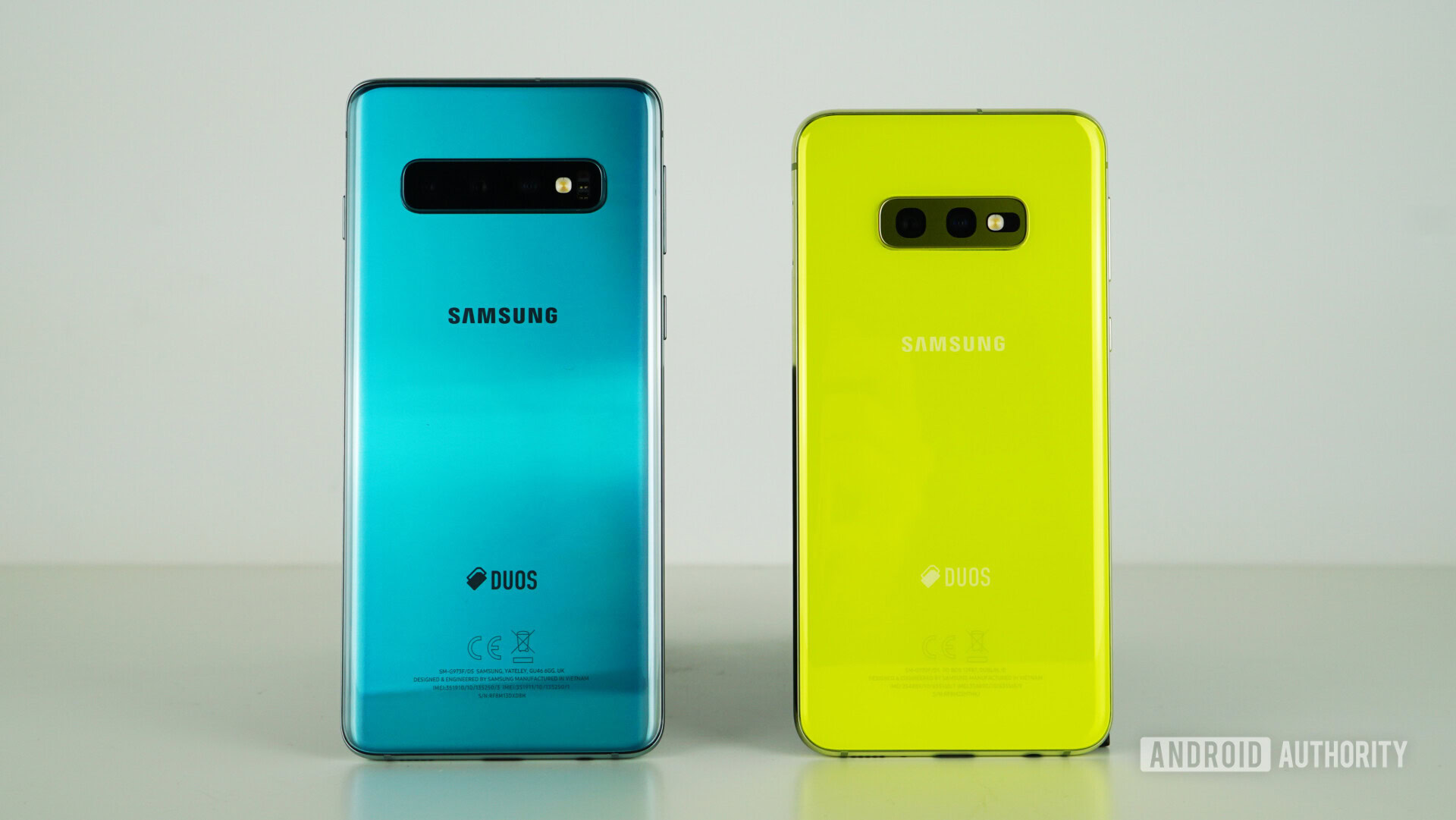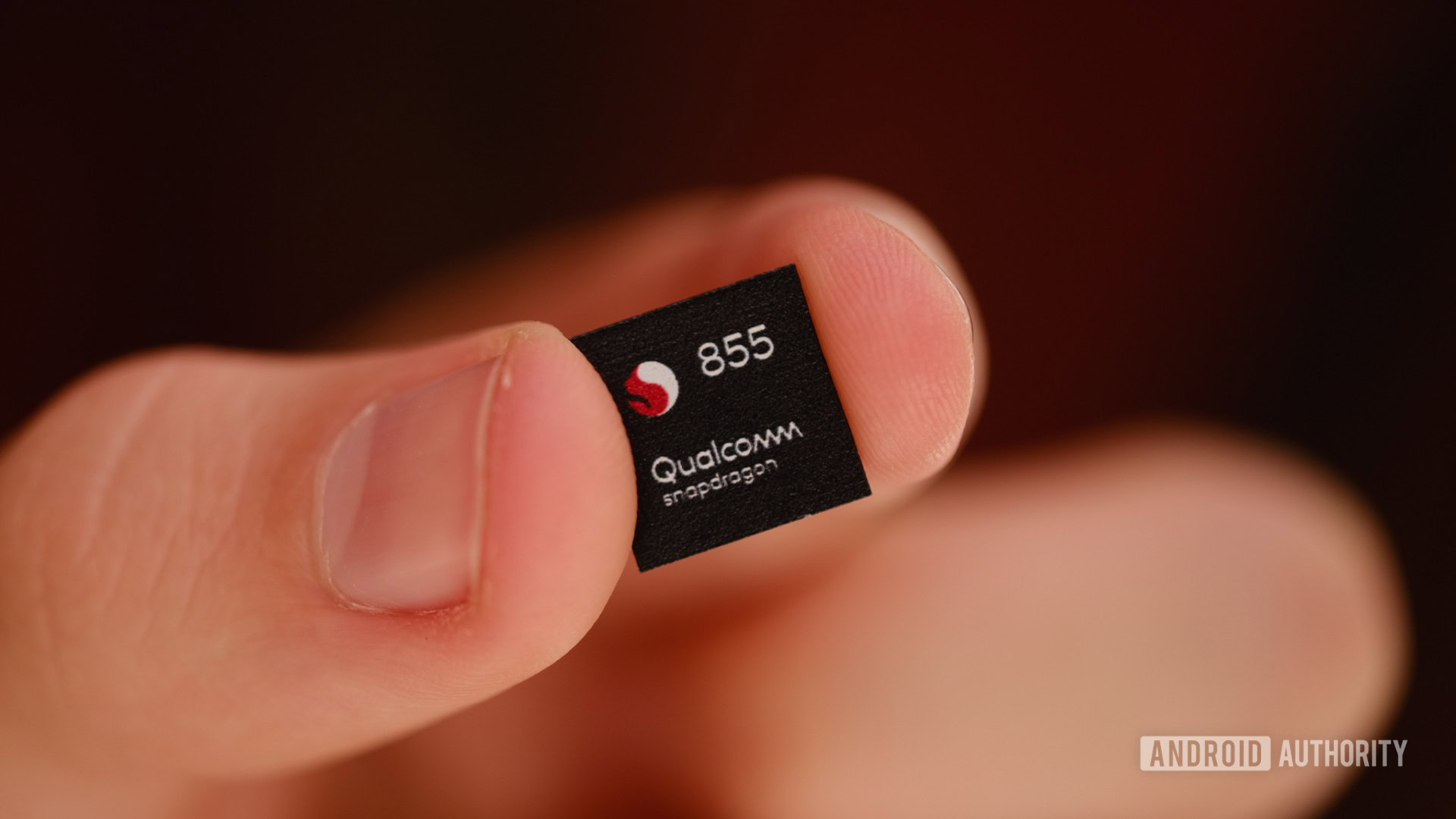Affiliate links on Android Authority may earn us a commission. Learn more.
Samsung Galaxy S10 Snapdragon vs Exynos: A lesson in benchmarking

Most customers won’t have a choice between the Qualcomm Snapdragon 855 or Samsung Exynos 9820 version of the new Galaxy S10 range. Regardless, it’s still intriguing to figure out what differences, if any, there are between the two chips powering one of this year’s undoubtedly most popular smartphones.

We’ve already speculated on performance based on what we know about key SoC components, including the latest Cortex-A76 big CPU core and Mali-G76 GPU from Arm. But with both versions of the Galaxy S10 now in the lab, we’ve been able to run a selection of benchmarks and tests for the Snapdragon 855 vs Exynos 9820.
Snapdragon 855 vs Exynos 9820 benchmarks
Be sure to check out our deep dives for a breakdown of the key spec differences between the Snapdragon 855 and Exynos 9820. In the case of today’s benchmarks, there are only really two key things to note. Samsung’s chip makes use of a Mali-G76 MP12 GPU, which we had anticipated to clock in just behind Qualcomm’s latest Adreno 640.
On the CPU side, the Samsung Exynos 9820 SoC features two 4th generation custom Samsung CPU cores for major processing grunt. These are combined with two smaller Cortex-A75s and four power-efficient Cortex-A55 cores. The Snapdragon 855 features four Cortex-A76s, although one of them is buffed up with extra cache memory and higher clock speeds for extra throughput. These are accompanied by four Cortex-A55 cores.
The benchmarks make for interesting reading. Samsung’s efforts on its 4th generation custom CPU core appear to have paid off, at least in benchmarks. The Exynos Galaxy S10 scores 27.8 percent higher in single core performance than the Snapdragon 855’s tweaked Cortex-A76. Although I will note that performance over multiple Geekbench runs was somewhat inconsistent for the Exynos model, hinting at potential scheduling or power management issues. The tables turn in multi-core performance, with the Snapdragon 855 outscoring the Exynos version by 6.4 percent.
As we anticipated, Qualcomm’s Adreno 640 GPU takes a commanding lead over the Exynos’ Mali-G76 MP12 graphics chip. 3D Mark gives Qualcomm’s chip an 18 percent lead which could equate to a tangible frame-rate differential when gaming. Exynos model owners might feel shortchanged here. However, both models lock to 60fps in GFXBench’s onscreen T-Rex and Manhattan tests. Differences will depend on the type of games you’re playing, with the Adreno only showing its advantage in more demanding titles.
The Exynos 9820 wins single-core CPU performance, but loses out to the Snapdragon 855 elsewhere.

Heat and sustainable performance
It’s not unusual for handsets to become rather warm during extensive benchmarks sessions, but to my touch, the Exynos model warms up more noticeably than the Snapdragon version. Internal sensors read by some apps aren’t often reliable, as the sensors are placed differently in each phone and SoC. However, battery temperature readings inside Samsung’s handsets, which should be fairly consistent, suggest up to a 5oC difference under full load.
Hotter phones obviously aren’t great for battery lifespans, and high system temperatures also lead to faster performance throttling when running intensive apps and games. To test, we ran back-to-back tests of GFXBench’s demanding Aztec Ruins and timed how long it takes for performance to decline.
Interestingly, the Exynos 9820’s Mali-G76 GPU actually begins this benchmark on top. An exception to the rest of our data, which makes the following results all the more alarming, as the Exynos model usually starts slower than the Snapdragon.
It takes approximately just 9 minutes before the Exynos 9820 throttles back performance by about 16 percent. HUAWEI’s Kirin 980 with a smaller Mali-G76 MP10 configuration sustains its performance for about 15 minutes. Although its performance reductions are much harsher, bouncing up and down to as low as 55 percent of its starting frame rate.
The Exynos Galaxy S10 throttles performance sooner and more severely than the Snapdragon handset.
Meanwhile, the Qualcomm Snapdragon 855 manages to sustain highly consistent performance in this benchmark for approximately 19 minutes. It’s at this point, the Exynos sees the second cut in its performance level too. The two end up on a similar 28 and 26 FPS respectively.
In percentage terms, the Snapdragon 855 throttles back at most 31 percent of its performance, with an average drop of 27 percent. By contrast, the Exynos 9820 surrenders up to 46 percent, with an average drop of 37 percent. That’s a significant difference in performance throttling between the two that will the Exynos variant give up more frames in long gaming sessions than its Snapdragon counterpart.
Snapdragon 855 vs Exynos 9820 key takeaways
We’ve said it before and we’ll say it again. Benchmarks are a good guide to general performance but certainly doesn’t tell the whole picture. Looking at sustainable performance reveals a very different story to the basic benchmark numbers, which might make you think twice about a potential purchase.
Despite Samsung’s impressive CPU benchmarking figures, a hot Exynos chip means that the handset’s best performance is only available for a very limited time. Gamers will definitely want to opt for a Snapdragon 855 handset where available. Not only did the Adreno 640’s performance win out in most benchmarks, but Qualcomm’s SoC also has the legs to offer peak performance for longer than competing chips.